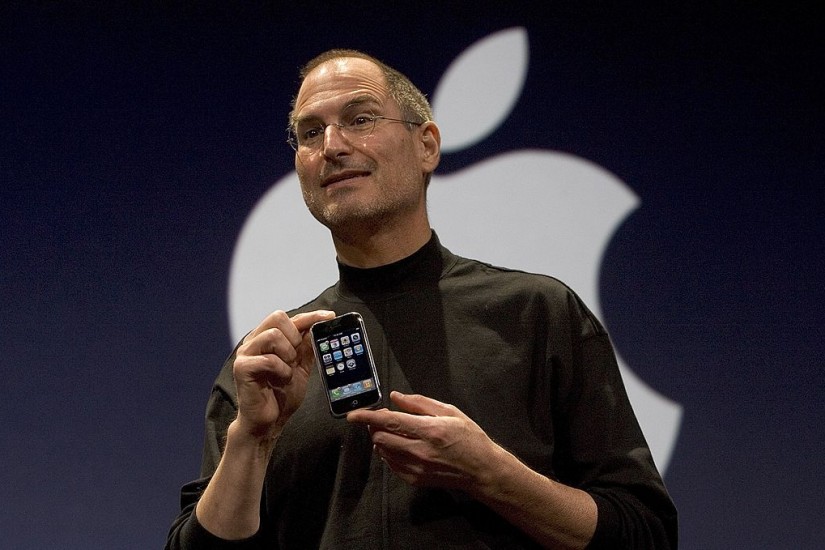The iPhone began as a Steve Jobs–approved project at Apple around the end of 2004. But its DNA began coiling long before that.
“I think a lot of people look at the form factor and they think it’s not just like any other computer, but it is — it’s just like any other computer,” Williamson says. “In fact, it’s more complex, in terms of software, than many other computers. The operating system on this is as sophisticated as the operating system on any modern computer. But it is an evolution of the operating system we’ve been developing over the last thirty years.”
Like many mass-adopted, highly profitable technologies, the iPhone has a number of competing origin stories. There were as many as five different phone or phone-related projects — from tiny research endeavors to full-blown corporate partnerships — bubbling up at Apple by the middle of the 2000s. But if there’s anything I’ve learned in my efforts to pull the iPhone apart, literally and figuratively, it’s that there are rarely concrete beginnings to any particular products or technologies — they evolve from varying previous ideas and concepts and inventions and are prodded and iterated into newness by restless minds and profit motives. Even when the company’s executives were under oath in a federal trial, they couldn’t name just one starting place.
“There were many things that led to the development of the iPhone at Apple,” Phil Schiller, senior vice president of worldwide marketing, said in 2012. “First, Apple had been known for years for being the creator of the Mac, the computer, and it was great, but it had small market share,” he said. “And then we had a big hit called the iPod. It was the iPod hardware and the iTunes software. And this really changed everybody’s view of Apple, both inside and outside the company. And people started asking, Well, if you can have a big hit with the iPod, what else can you do? And people were suggesting every idea, make a camera, make a car, crazy stuff.”
And make a phone, of course.
